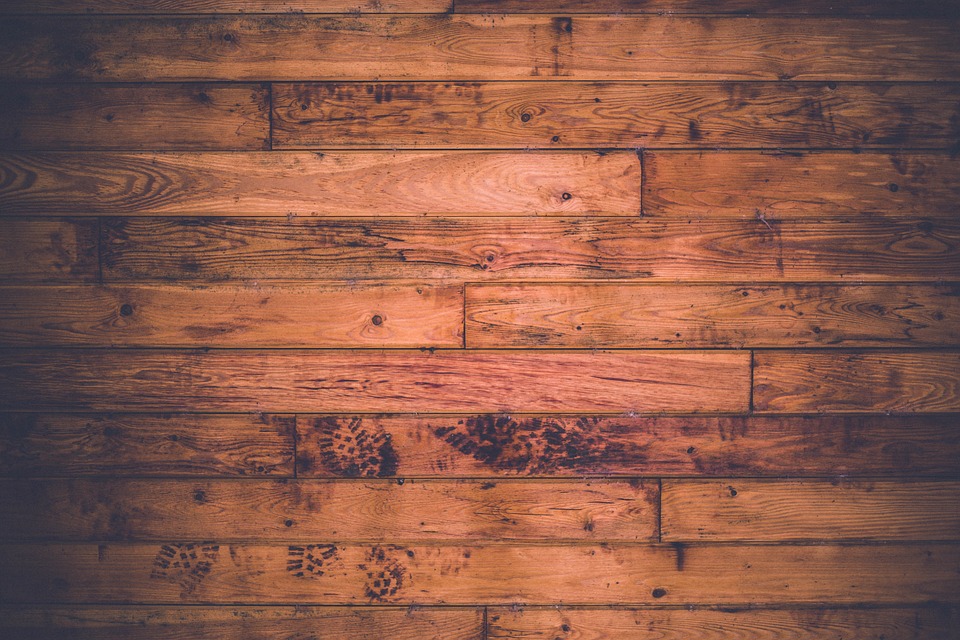How to Choose Flooring for Your Upcoming Renovation

One of the most important decisions a homeowner has when they’re renovating their house is what type of flooring to install. Some homeowners are happy with their old floors and keep them, while others use the renovation to get rid of floors that are worn, damaged, no longer attractive or don’t go with the new decor of the rooms. There are many types of flooring to choose from, and here are a few:
Laminate
Laminate is made up of several layers: there’s melamine or paper at the bottom; a core layer of fiberboard or waterproof resin; a design layer then a clear wear layer to protect it. Laminate comes in a panoply of colors and can be made to resemble much more expensive materials such as natural stone or ceramic tile. It is easy to clean, but can’t be refinished.
Ceramic Tile
Ceramic tile is made of clay that is fired at high temperatures in a kiln. Because of this, the colors and patterns of ceramic tile are baked in and can’t be faded by sunlight or worn away over time. Ceramic tile is water resistant and stain resistant and comes in many colors, patterns and shapes. This makes it ideal for wet rooms such as the bathroom or the laundry room. Though ceramic tile itself doesn’t need to be sealed, the grout between them does. Glazed tile needs to be textured to lower the danger of slipping.
Saltillo
Saltillo is another type of tile, but it is not fired as such high temperatures as ceramic tile and needs to be sealed against staining. It’s a type of terra cotta that gets its name from Saltillo, Mexico. It is also handmade, which means that the tiles are not all of a uniform size and should be installed on a grid instead of with the use of spacers. A saltillo tile with the footprint of a dog embedded in it is considered good luck.
Resilient Flooring
This flooring lives up to its name, for it resists both water and stains, and tiles are easy for a layperson to install. Rolls, however, should be installed by a professional. Resilient flooring feels good beneath the feet and is easy to clean. It has a great number of designs, and the tiles can be mixed to create different patterns. Though its softness makes it comfortable to walk on, resilient flooring is prone to dents and doesn’t last as long as other flooring.
Hardwood
Hardwood flooring is made from deciduous trees such as oak, beech, maple, walnut and hickory. This wood is not invariably harder than softwoods such as pine, but more dense. A well-kept hardwood floor can last longer than the house, and many homeowners who are in the midst of renovations opt to keep their old hardwood floors. Hardwood floors have a natural warmth and are good to walk on. They do need to be sealed against water damage, but they are easy to keep clean and can be refinished. Solid hardwood floors can be refinished more often than engineered floors. Engineered floors only have a veneer of quality wood over layers of inferior wood or plywood.
Stone
Stone, of course, can last even longer than hardwood. Once laid, stone is almost indestructible. It is elegant, waterproof, antibacterial and easy to care for. Stone floors include marble, granite, travertine and slate. It tends to be costly, and most types of stone need to be sealed because they are porous and stain easily.
Carpet
When it comes to flooring, nothing is cozier than carpet. It resists slipping, helps keep the house warm and softens sounds. Carpets can be made of natural fabrics such as wool and silk, but most modern carpets are made of synthetics such as nylon and polyester that are easy to clean. They also resist stains, mold, mildew and insect damage.
Bamboo
Bamboo is treated very much like hardwood flooring, but it is not from a tree but a very fast growing grass. Since bamboo can be harvested within years instead of decades, it’s considered more sustainable than hardwood. Bamboo also tends to be less expensive than wood. Advances in flooring technology have allowed bamboo to be made to resemble exotic species such as Madagascar rosewood.

















